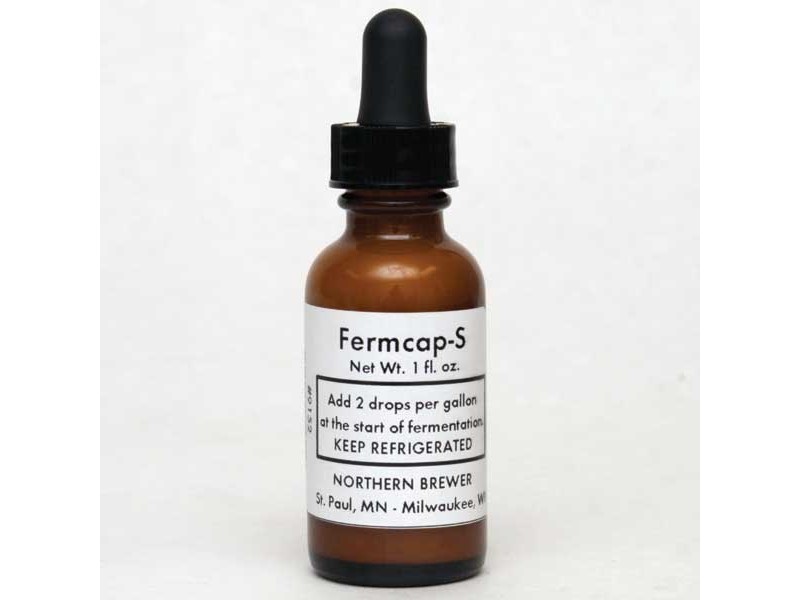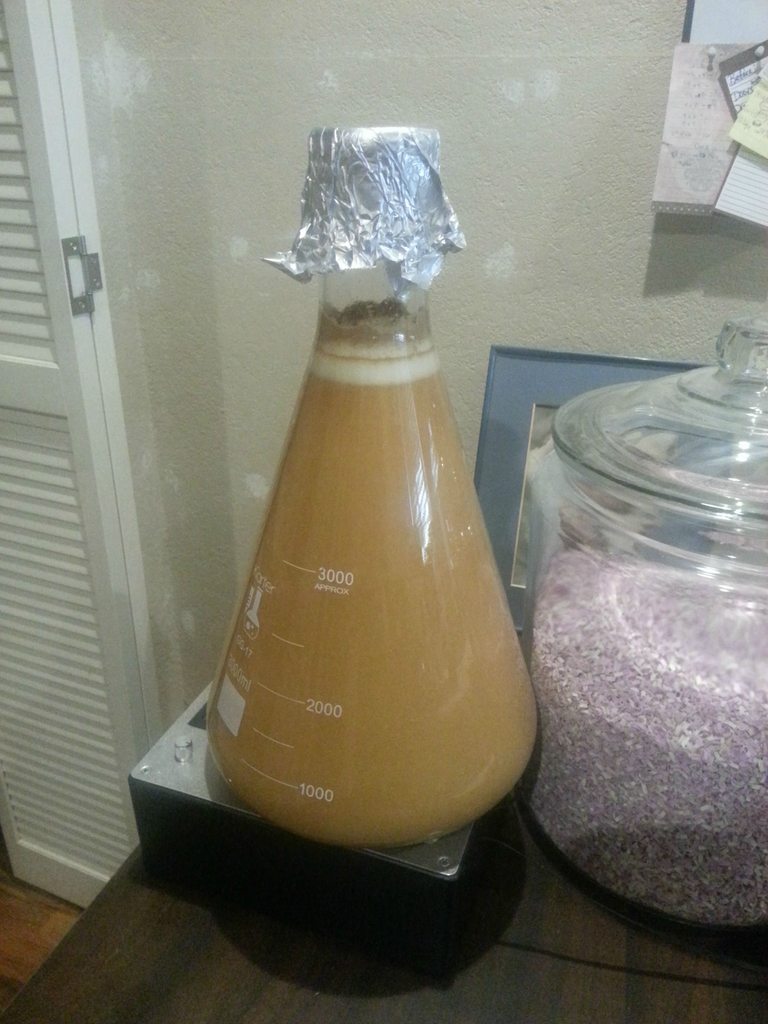I read a few threads about starters in Erlenmeyer flasks that indicate you shouldn't try to make a starter the size of the rated volume (top graduation) of the your flask... lest you want to be mopping krausen off your stir plate and table.
Several threads take this a bit farther, recommending the largest starter 25 - 50% smaller than the rated volume. For a 3000 ml flask, this would mean a starter in the range of 1500 ml - 2250 ml.
There's an easy way around this. And it's not to buy the next larger flask.

One drop of FermCap-S per 1000ml of starter will minimize or even prevent krausen formation. Not only does this allow you to utilize the full volume of your Erlenmeyer, but it also increases the rate of gas exchange at the liquid/air barrier.
Here's an example of taking it to the extreme (3450 ml in a 3000 ml flask):

Note, I wouldn't recommend taking the flask past it's rated capacity because the liquid/air barrier size decrease. That is, unless you can pull a vortex with your stir plate. I promptly turned mine up after this picture to do just that.
Thanks for reading!
Several threads take this a bit farther, recommending the largest starter 25 - 50% smaller than the rated volume. For a 3000 ml flask, this would mean a starter in the range of 1500 ml - 2250 ml.
There's an easy way around this. And it's not to buy the next larger flask.

One drop of FermCap-S per 1000ml of starter will minimize or even prevent krausen formation. Not only does this allow you to utilize the full volume of your Erlenmeyer, but it also increases the rate of gas exchange at the liquid/air barrier.
Here's an example of taking it to the extreme (3450 ml in a 3000 ml flask):

Note, I wouldn't recommend taking the flask past it's rated capacity because the liquid/air barrier size decrease. That is, unless you can pull a vortex with your stir plate. I promptly turned mine up after this picture to do just that.
Thanks for reading!

